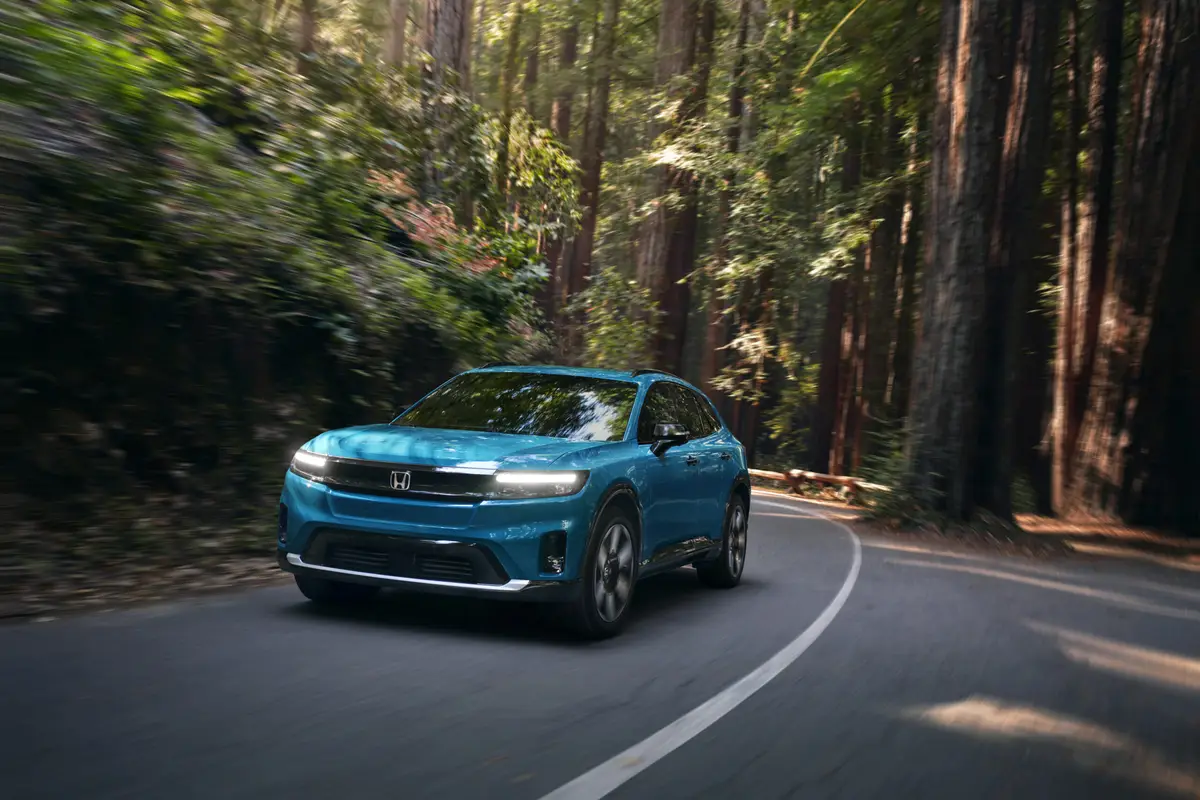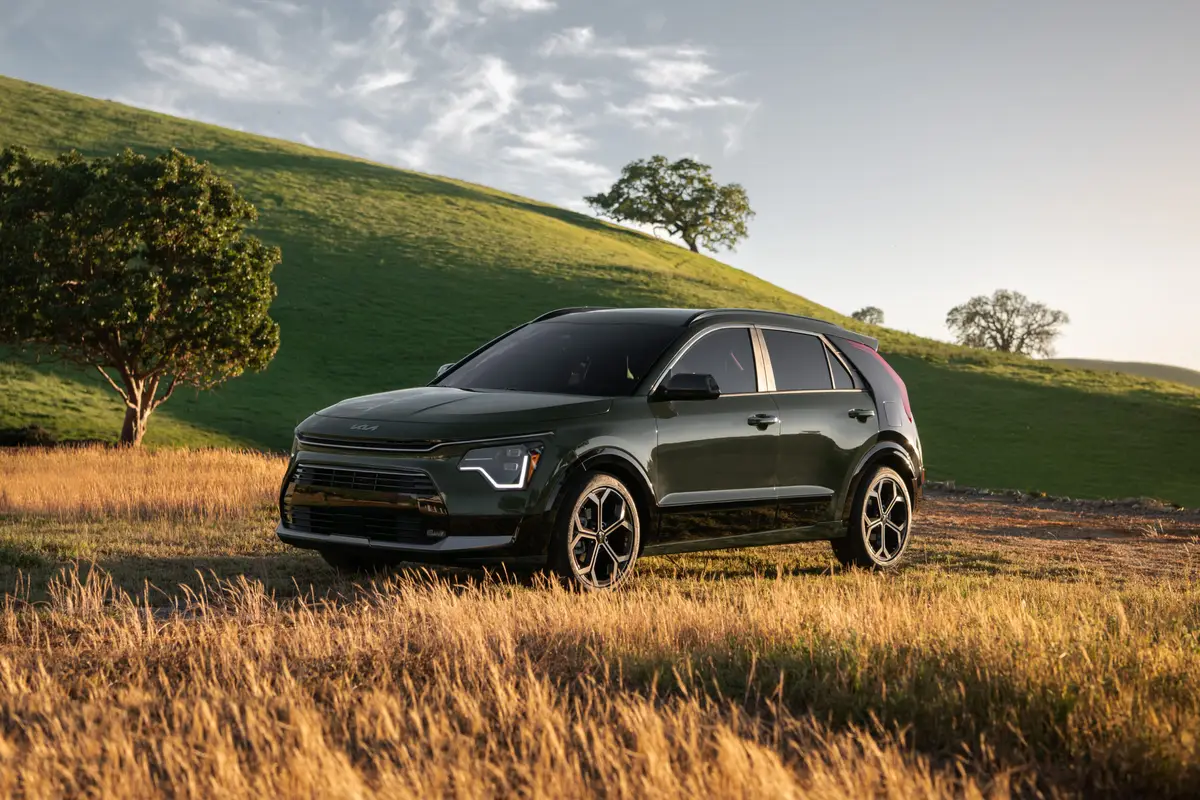Boston.com's view
Walk around the new 2002 Jeep Liberty, the car that is replacing the fabled Cherokee, and the initial reaction is, “What? This little thing?” Get inside it, however, and the response is quite different: “Wow, this is huge.”
Cherokees have always seemed smaller inside than they looked from the outside. The Liberty is the opposite. The Liberty is a lot bigger inside than it looks from the outside. And that’s quite an accomplishment for the folks at DaimlerChrysler as they try to get a solid foot in the midsize sport utility market with an SUV that will appeal to young buyers.
The new Jeep will be a strong competitor for the likes of the Toyota RAV4, the Ford Escape, the Honda CR-V, and the Nissan X-Terra. And it will enter that competition with an edge in the eyes of certain shoppers: While it may be considered a “cute ute,” it is far closer to being a “brute ute” than its competitors. That is, while all are decent, comfortable performers on the highway, Jeep has done the best job of also offering an SUV that will pound offroad where others will not. And this dual challenge was a key to the development of the Liberty. Jeeps, after all, are expected by at least a hardy band of followers to go where many SUVs never go: over stumps and rocks, through muck and mire, deep into water, high into the brush.
Even as Jeep stayed tough with the Liberty, its outer appearance is a bit softer. It still has that distinct Chiclet grille, but its fenders have been rounded, and its roof lines have soft edges. This is a cutting-edge vehicle for Jeep. It is the first with independent front suspension (there are coil springs and a live axle at the rear), and it offers eight inches of travel front and rear. It is also the first Jeep with rack-and-pinion steering.
It comes with the option of two motors – a 2.4-liter, four cylinder, and, as tested, a 3.7-liter V-6. Transmission options include a four-speed automatic (tested) and a five-speed manual. And, of course, the transfer case offers low range.
Inside, it feels cavernous. Even very tall folks will find plenty of lid space. Leg room is huge as well, since Jeep has dropped the floor lower than in the Cherokee. With the rear seat up, the cargo space is not particularly large, but folded down, there’s 66 cubic feet of space (three more than the Cherokee). Seats are tall, firmly bolstered, and downright comfortable. And much of the extra body – front, rear, and sides – is filled with glass, giving great views in all directions.
It’s no rocket on the highway – after all, it weighs around two tons – but it is plenty fast for an SUV. It was quite nimble in lane-change tests, exhibiting the body roll you’d expect in something this tall, this heavy, and with this much travel in its suspension. It also took a pretty good nose dive when brought to a sudden stop from high speed. But this is part of the tradeoff you can sensibly make when you want a vehicle you can commute in on weekdays an d romp in offroad on weekends. I say sensibly because anyone who buys one has to have the sense – as with any SUV – to know that they are not cars and are not meant to be driven the same way a car is driven.
Offroad, it was true to its heritage, churning through water, climbing nimbly over stumps and rocks, and, with its short overhangs, making easy work of the steepest, rockiest climb in my neck of the woods. Even on a steep, loose-gravel-strewn section, it was a steady and sure climber.
It’s a very stiff vehicle because it was built that way. This means that, even though it has been softened up some, it still has a trucklike ride in many instances.
If someone is looking for a car that has the SUV aura but really only needs it to get to the ski lodge in winter or up an occasional unplowed driveway, then any of the Liberty’s competitors could probably fill the bill. That choice would be a matter of personal taste. But for the person who seeks a decent commuter that n also really, really go offroading, then the Liberty is, by far, the best choice.
Latest news



